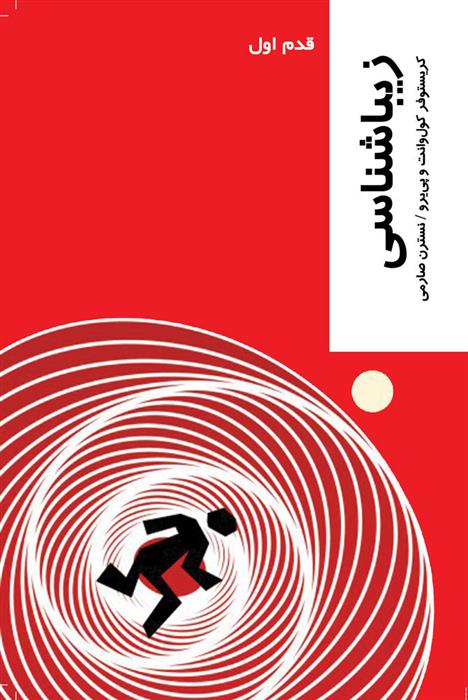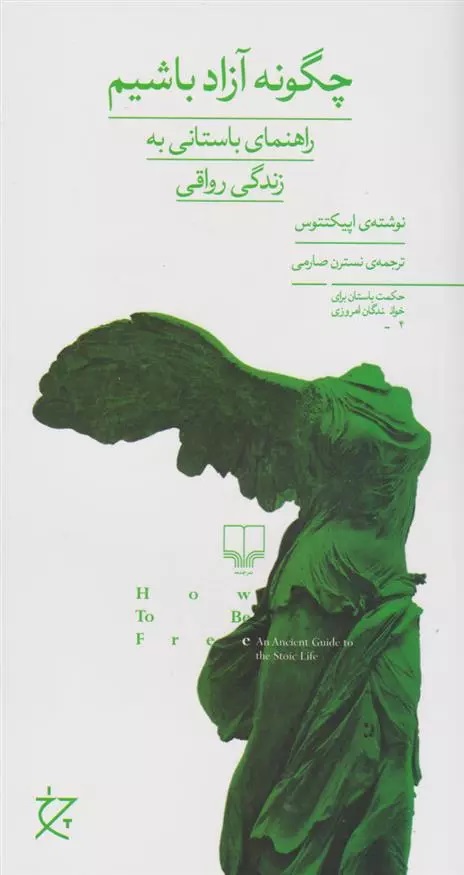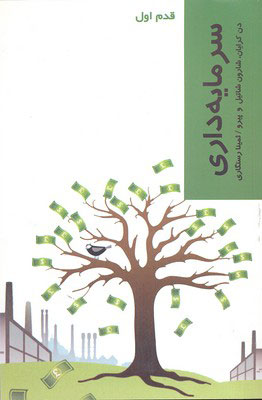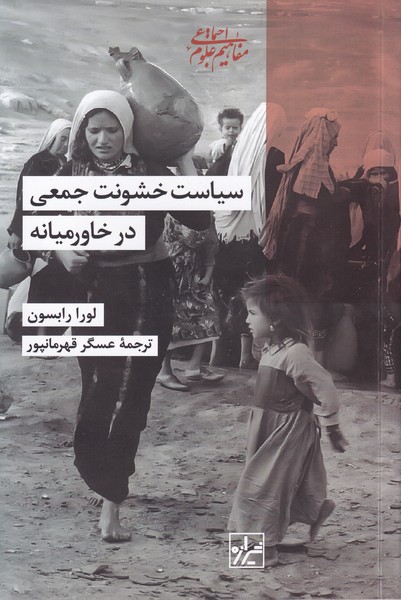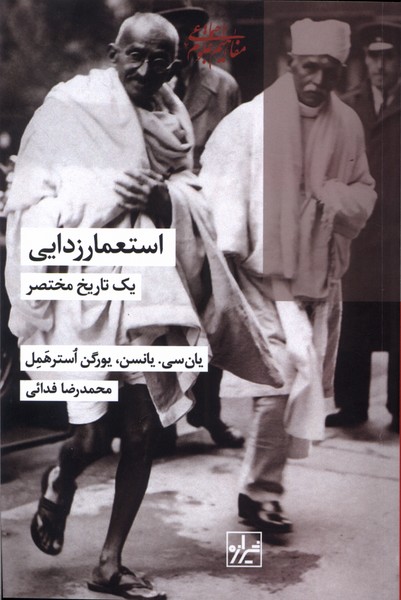zībāyī'shināsi (qadam-i avval): Persian 1393
زیباشناسی (قدم اول)
15.31 £
Share
Wishlist
Original Title:
Introducing Aesthetics: A Graphic Guide
ISBN:
9786003000711
Translator:
Nastaran ṣārimī
Illustrator:
, Piero
Publisher:
Shirazih
Age Group:
Adult
Pages:
176
Weight:
204 g
Dimensions:
14 x 21 x 1.5 cm
Book Cover:
Paperback
Aesthetics is derived from the Greek word stheticos, which means perceptible objects for the senses. In the 18th century, aesthetics became a branch of philosophy. The German philosopher Alexander Gottlieb Baumgarten used this term for the first time in 1735 in his reflections on poetry. Baumgarten then, in 1750, called his unfinished treatise Aesthetica...
more
زیبا شناسی از واژه یونانی استتیکوس مشق شده، که به معنای ادراک پذیر بودن اشیاء برای حواس است. در قرن هجدهم، زیباشناسی به شاخه ای از فلسفه تبدیل شد. فیلسوب آلمانی الکساندر گوتلیب بومگارتن نخستین بار در سال 1735 این واژه را در تاملاتی درباره شعر به کار برد. بومگارتن پس از آن در 1750، رساله ناتمام خود را استتیکا نامید...
more

